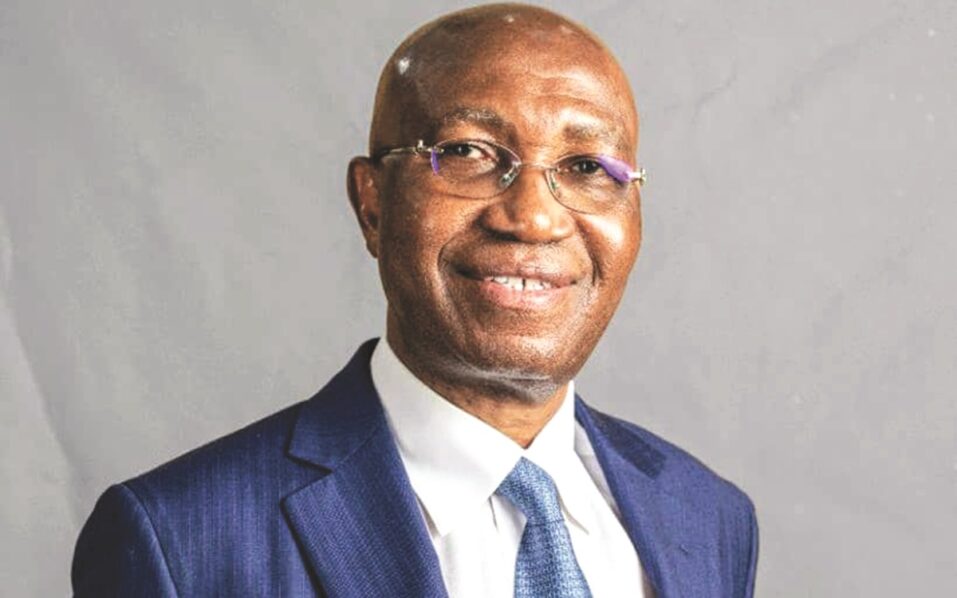
For many years, the layout of the typical suburban Orthodox synagogue bore witness to two-tier worship. Men conducted the service on the ground-floor while women watched the proceedings from the gallery above. But now design reflects sociology; shuls have adapted to the demand for greater inclusion of women and have “down-sized”, bringing women to sit on the same level as men.
The galleries have gone at older United Synagogue communities such as Golders Green, while newer buildings have been constructed to suit contemporary mores. In most United Synagogue congregations today, women pray on the same floor as men. Hendon Synagogue, which will celebrate its 80th anniversary on its present site next year, is the latest to decommission its gallery.
The upper deck is now gathering dust above the new roof that has been installed in the main sanctuary, where women sit on one side and at the back behind a wooden lattice mechitzah. The redevelopment demonstrates another trend — the introduction of alternative minyanim which means that the whole congregation does not need to be contained in a single space. It has created a more intimate setting at the same time as preserving the aura of a classic Anglo-Jewish Orthodox synagogue.
The version of the Prayer for the Royal Family mounted on the wall still seeks blessing for King George VI. Karina Conway, a member of Hendon for some 20 years, said that when the new arrangement was unveiled in time for the High Holy Days this autumn, “we loved it. Everyone commented that it was much better.
We felt a lot more included in the service.” The benefits were particularly in evidence when her son Aaron celebrated his barmitzvah the other week. “We could see him and he could see me.
It is also easier for the voices to carry because the ceiling is lower,” she observed. But if the outcome is desirable, Rabbi Mordechai Ginsbury, Hendon’s spiritual leader for over a quarter of a century — he was only the community’s third presiding minister when he arrived in 1999 — acknowledges that the transformation of the synagogue was “not an ideologically driven project”. True, redevelopment with everyone on one level had been mooted for some time, but finally, he said, “it was prompted, as so often happens in the Jewish community, by a crisis.
“Last winter the boiler gave up the ghost. After many attempts to repair it over the years, this was something that was feared was going to happen. We had no choice, we had to do something to this building if it was to be usable for this winter.
“It used to take three days to heat the building up and even then it wasn’t properly heated by this incredibly inefficient, expensive and environmentally unfriendly oil-fired boiler. Now we have a state of the art system that can heat the building in less than an hour.” Remarkably, the refit was begun just after Tishah b’Av and completed less than two months later in time for Rosh Hashahah.
For the Conway barmitzvah, Rabbi Ginsbury said, “the shul was almost full, it gives such a better vibe when people are sitting close to each other and they sing together communally.” He noted that some women in the community “wanted to retain and remain with the gallery and sit up there as long as possible — they liked the view. That was the experience they associated with coming to shul.
Undoubtedly, for the vast majority, the feeling I have heard [is] they feel more part of things and closer to the action.” He is also pleased with the aesthetics of the renovation, which still allows the worshipper to experience “the moment of awe” when entering the “house of God” with its imposing ark and stained glass windows. New lighting, however, has improved its look.
“If you look at the way the lights shine on the pews, they have actually got this golden oak glow to them you didn’t see before,” he said. “The same with the ark at the front, it was looking tired and a little dated but the way the light bounces off it has lifted it.” While the sanctuary can still seat around 500 or so for a simchah or High Holy Days, there is no pressure on space because the shul offers two other regular minyanim on Shabbat — the early morning service which meets in the beit midrash and the Raleigh Close Alternative Minyan (RCAM) in the hall, which between them attract a couple of hundred each week.
The vogue for alternative minyanim enables communities these days to be more flexible in their use of space. A visitor to Hendon will notice another feature: some of the pews at the back of the men’s section have been removed and a few tables, covered with white tablecloths, and chairs have been installed in steibl fashion. This was done to accommodate some 25 to 30 young families from a previously independent minyan who joined the shul nearly three years ago, rejuvenating the main service.
Some of the newcomers were particularly generous in helping to fund the redevelopment, Rabbi Ginsbury said. The congregation’s women’s officer, Beverley Wasserman, is impressed too with the revamp. “It is still the same shul but a more modern version,” she said.
Although a RCAM regular herself, every so often she prays in the main sanctuary. “When there were simchahs or Yomtovs where we all davened together, it felt quite empty,” she said. Now “there are fewer seats, we are all bunched together a lot more and it makes for a better atmosphere.
No one I have spoken to preferred being upstairs.” And there will be tweaks. “The mechitzah is quite basic at the moment,” she explained.
“It is still a work in progress. It will be changed after the next fundraising phase.” Some US shuls now have mechitzot with drop-down tops which can be lowered for a wedding, for example, or when the shul is used for events other than a service.
And while any change to Hendon’s mechitzvah will of course be halachically compliant, women will have a say. “We are planning to involve them to help design one that they would like to be sat behind,” Wasserman said..














